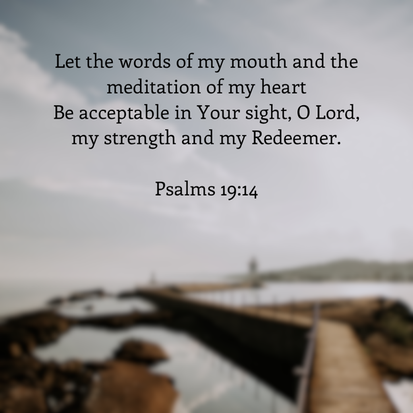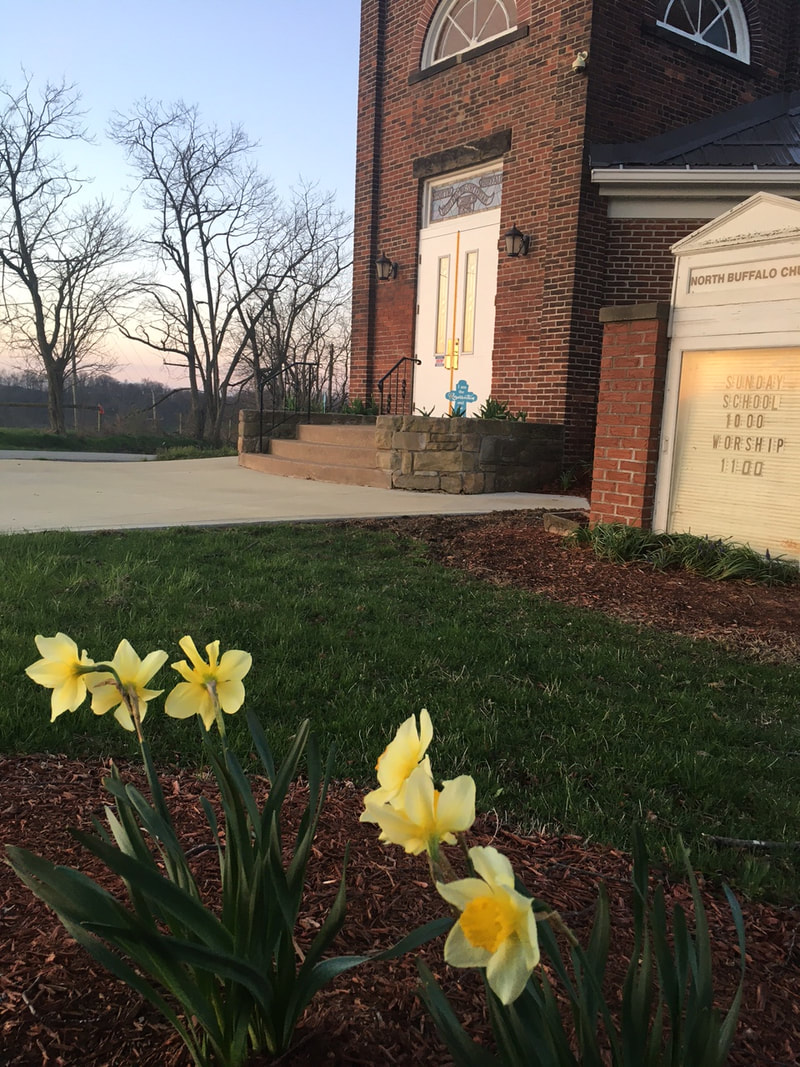|
Good morning!
We're so glad you chose to join us today!
When we meet in person, we share our joys and concerns with each other. If you have prayer requests to share, you can add them to the comments on this post. When you are ready, use this prayer to get started.
Heavenly Father, we are Christ’s disciples and apostles, people who have learned about you, who follow you, and who are sent out to spread the good news. But each of us is also a beggar, a person whose life has been diminished by trauma and circumstance but who has been freed to live more fully through the power of Jesus Christ.
Help us to be a living witnesses to the life that Christ offers all who are willing to trust him. And so, as we begin our time together this morning, we bring you the names of all who need your healing power. And in his name, we bid them to walk into a future filled with hope and joy. For we ask it in Christ’s name. Amen.
Today's lesson is on Acts 3:1-11.
Lesson context
Following the outpouring the Holy Spirit on the Day of Pentecost, the early church followed Jesus in his example of healing the sick and handicapped and caring for the poor and outcast. Not only did the healing and care provide relief for the beneficiaries on a physical level, but it also validated the truth of the gospel and Christianity in general, making people more open to hearing and adopting the gospel as the centerpiece of their lives.
The setting (Acts 3:1-2)
Peter and John were on their way to the temple to pray. Prayer was primarily at three times each day — at early morning, in the middle of the afternoon and at sunset. This was the second of those times. Christians saw themselves as the new direction of Judaism in the years following Christ’s death and resurrection. Therefore, Peter and James were simply following the Jewish customs they had known from birth. As they approached one of the temple gates, the gate called Beautiful, they encountered a lame man who was being carried to the gate, where he would beg for alms, just so he could eke out his survival. We’re told that the man had been lame since birth. Each day, his friends or family carried him to the gate, where he would encounter devout Jews who would likely be more willing to give him a small donation. As he saw the pair approaching the gate, he asked them for money. Peter responded that they had no money to give him. This is a situation that most people have experienced even today, especially when we are on crowded streets in major cities. People approached by beggars today often either ignore them completely or simply say no to their requests, even if they have enough to give. Their thinking often is that the beggar is lazy, that modern welfare programs should be enough to meet the person’s needs. or that it is simply not their responsibility to take care of every poor person on the street. However, for devout Jews in the first century, it was seen as their religious duty to care for the poor.
The expectations (3:3-6a)
Although Peter does not have money to give, he offers the beggar something more. Through the healing power of the Holy Spirit, in the name of the healer Jesus Christ of Nazareth, he invites the man to walk. Peter took the man —who had not walked his entire life — by the right hand and helped him to his feet. Immediately his ankles became strong. The man does not simply walk falteringly, but he jumps. He also praises God for the new life he has received. Jumping and praising are signs not only of the miraculous healing that has taken place but also of the joy the man experiences. He now has new life with new possibilities for independence and self-determination.
The wonder (3:6b-11)
The miraculous healing changed the man’s life. But it did more than that. To all who had known him or seen him at the temple, it was a testimony without words to the healing and saving power of Christ. Theology at that time often saw physical problems such as disability or sickness as resulting from moral failures by that person or their parents. For that reason, disability was grounds for exclusion from the community and the temple. Some believe, therefore, that this beggar would not have been permitted in the temple courts. If that is true, then this would have been the first time the man had ever entered the inner courts. Instead of being consigned to begging at the temple gate, he goes into the Court of the Gentiles, into a covered open-air area known as Solomon’s Colonnade. The healing story concludes with a man who has been freed, who now has access to work and community outside the temple and to fellowship with God and other worshippers inside the temple. His life, like all who encounter the risen Christ, has become a living witness to the power and grace of God through Jesus Christ.
Conclusion
Over half of Jesus’ miracles recorded in the Gospels involved people who were sick, blind, mute, deaf or otherwise suffering a physical disability. This does not count the summary statements where we are told Jesus “healed many” (See Mark 1:34.). He cared deeply about those with physical disabilities. A word used several times to describe Jesus’ attitude and actions in this regard is “compassion.” (See Matthew 14:14; 15:32; 20:34; and Mark 8:2.) Compassion is also seen in the first century church’s acceptance of responsibility to care for those who were unable to care for themselves fully. (Acts 2:45; 4:32-35: 6:1-4; 2 Corinthians 8-9, etc.) The ministries extended to those whose disabilities caused them to be marginalized or ignored by others. The church of today continues to recognize and respond to such a challenge. It does so in a variety of ways; examples are the establishment of hospitals, the design of buildings that have no physical barriers restricting access, and distribution of food via pantries. Peter and John’s care for the man in today’s test gained the attention of others who were then eager to hear Peter’s gospel message. We must conclude that was the ultimate intended result, the most important part, not the healing in and of itself. Physical disabilities last only for this life; spiritual disabilities are eternal. A church’s care for those who have physical challenges should make the church attractive to unbelievers who become open to hearing the gospel and can thereby gain eternal life. Prayer Heavenly Father, help us to anticipate great results as we minister to those who have unique needs. As we do, remind us that our compassion is not an end in and of itself. Rather, we make our obedience to Jesus complete by sharing the gospel, which leads to the eternal life that is available only through Jesus. We pray in his mighty name. Amen. Questions for discussion * We often are so preoccupied with our own lives that we tend to walk past people in need today. How can you practice being more attentive to people you might be tempted to ignore? * In what ways does Peter’s response set a precedent for believers? In what ways does it not? * How can you practice meeting a person’s physical needs while also not ignoring his or her spiritual needs? * What adjustments can our congregation make to ensure that people with disabilities can easily participate in worship? Who should we recruit to help with an appropriate follow through?
Benediction
This week's benediction is from the Passion Translation.
Next week's lesson will be on Acts 8:29-39.
0 Comments
Leave a Reply. |
AuthorWe are a small, rural Presbyterian church in southwestern Pennsylvania. Archives
July 2024
Categories
All
|



 RSS Feed
RSS Feed